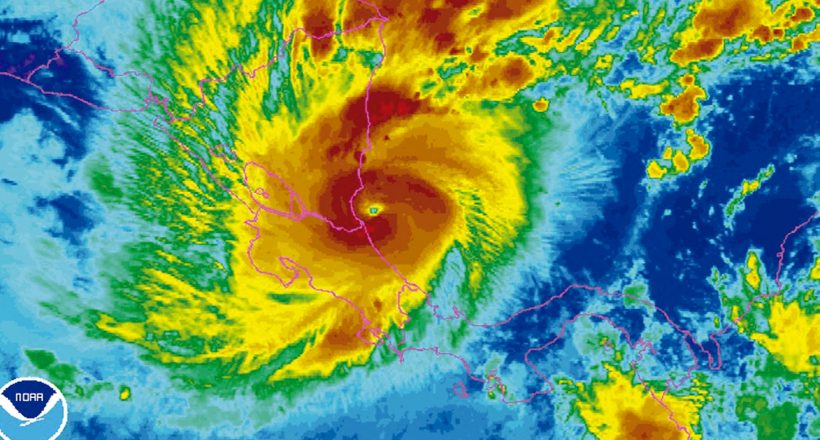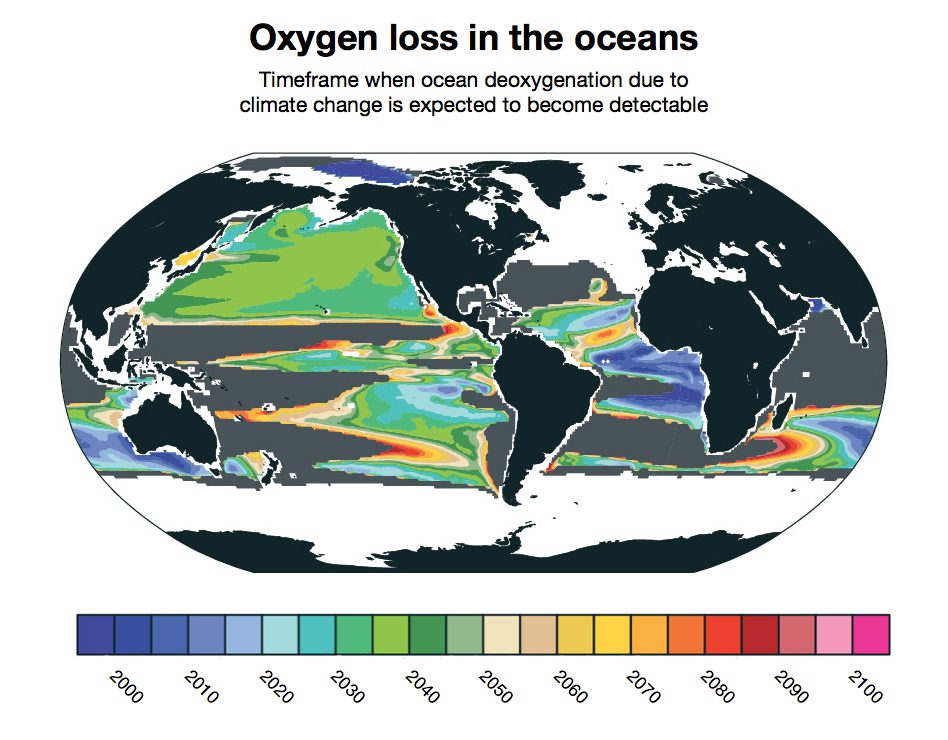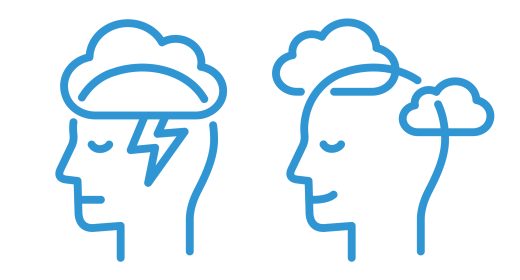
Surf Science – The Climate is Changing, Will There Be Waves?
- JAN 05, 2018Warning: count(): Parameter must be an array or an object that implements Countable in /home/howlermag/public_html/old/wp-content/themes/new-paper/includes/general.php on line 193

Your Lead Paragrpah goes here
Call it what you want — global warming … climate change … or my personal favorite, “global weirding.” Record-breaking weather events have become seasonal norms, as the earth’s atmosphere is overly fueled by human activities. In the last few years, we have witnessed quite a few. The strongest hurricane on record was Hurricane Patricia in October 2015, with sustained winds of 215 mph. The hottest year ever was 2016, breaking the heat records set by the two previous years, 2015 and 2014. On Jan. 14, 2016, Hurricane Alex was the earliest hurricane in the season since 1938. Let’s not forget Hurricane Otto last November, which came close to making unprecedented direct landfall in Costa Rica. And most recently, in October, Tropical Storm Nate produced record rainfall in Costa Rica.
All this raises the question, where is our unpredictable climate headed? And equally important, will there be waves?
A 2013 Surfline article by chief forecaster Mark Willis dives into this previously untapped topic. His research suggests that by the year 2100, most areas across the globe will actually have smaller average surf. Yes, you read that correctly. The long-range forecasting models Willis used suggest significant wave decreases will be noted across the northern Pacific during the January, February and March winter months. Similarly, the north Atlantic is expected to incur decreased wave heights throughout the whole year.
That being said, these same wave forecasting models came to an opposite conclusion in Costa Rica’s cradle of swell, the south Pacific. Willis writes, “The most significant increases are projected to be in the waters south of Australia and New Zealand, especially during the Southern Hemisphere winter months of July, August, and September. The increases are projected to be in the ranges of 5 to 10 percent above current averages during peak winter months.” Along with this increase in wave height, wave periods can also be expected to rise on average as the swell’s travel distance increases. Swell propagating from monster storms under New Zealand can lead to dominant wave periods in the 18-second plus range, and more westerly swell angle of 215 to 230 degrees.

Surfline.com Historical Archive
So I guess that’s good news? A little bump in wave consistency over the years would be nice. But having focused on what’s to come wave-wise, we need to explore an equally important topic — the future state of our oceans.
Covering over two-thirds of the planet, earth’s oceans play a vital role in regulating our climate and feeding our massive global population. In fact, the ocean is responsible for producing over half the oxygen we breathe and is the primary source of protein for billions of people worldwide.
My optimistic side believes human ingenuity can overcome our environmental crisis. Implementing new energy sources and weaning off our carbon addiction would be the first step to reversing the damage. But the data tells us that human activity is already having a tremendous impact on our oceans, including sea-level rise, ocean acidification, ocean temperature rise, ocean deoxygenation, overfishing and plastic pollution.
But which of these is the most eminent threat? According to Matthew Long, an oceanographer for the National Center for Atmospheric Research, ocean deoxygenation could begin suffocating significant portions of the ocean sooner than we think.
To understand what a suffocated ocean would entail, we must recognize phytoplankton as the source of oxygen in our oceans. National Geographic’s John Roach explains, “Fish, whales, dolphins, crabs, seabirds, and just about everything else that makes a living in or off of the oceans owe their existence to phytoplankton, one-celled plants that live at the ocean surface.
Phytoplankton are the basis for what scientists refer to as oceanic biological producers, which give our oceans the ability to support life such as plants, fish, and wildlife.”

As the ocean warms, phytoplankton floating on the ocean’s surface will have trouble mixing with the cooler water below. And according to Jorge Sarmiento, a professor of atmospheric and ocean sciences at Princeton University, “Pretty much all of the carbon dioxide taken up by phytoplankton comes from deep down in the ocean.”
With Phytoplankton receiving less carbon dioxide from dead plant material in the cooler waters below, the result would be less oxygen produced by photosynthesis and less oxygen in the ocean.
Using simulations, Matthew Long calculated ocean deoxygenation trends until 2100, the same time frame where we can expect 5-10 percent more consistent surf. According to the predictive study, “vast portions of the Northern Pacific and the western edge of the Americas will be seriously deprived of oxygen somewhere between 2030 and 2040, which would most likely mean massive die-offs of very important creatures.”

Once again, I’d like to be optimistic. Unlike the frog in boiling water, I believe humans will eventually make a positive leap to solve our environmental crisis. As individuals, we shouldn’t take on the responsibility of changing the whole world, but instead, focus on yourself and your community. In our daily lives, we must align our actions with our belief systems. If we value the healthy state of our planet, we must reflect that belief in our everyday behaviors.









